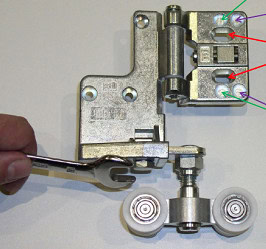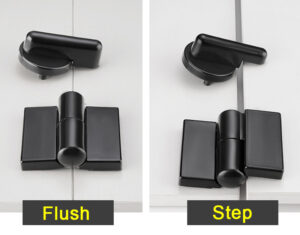Have you ever wondered about the strength and resilience of the hinges that facilitate movement in our machinery and equipment? When choosing a hinge capable of supporting substantial weight, it becomes a matter of utmost safety and operational efficiency.
In general, the strength of a hinge depends primarily on material, design and construction. Therefore, there is no single hinge with the greatest load capacity. Instead, the strength of a hinge is influenced by the combination of its material, design and maintenance.
The intricate world of industrial hinges is vast, requiring attention to detail and a deep understanding. This article aims to shed light on the intricate factors that influence hinge strength and guide you in making an informed decision.
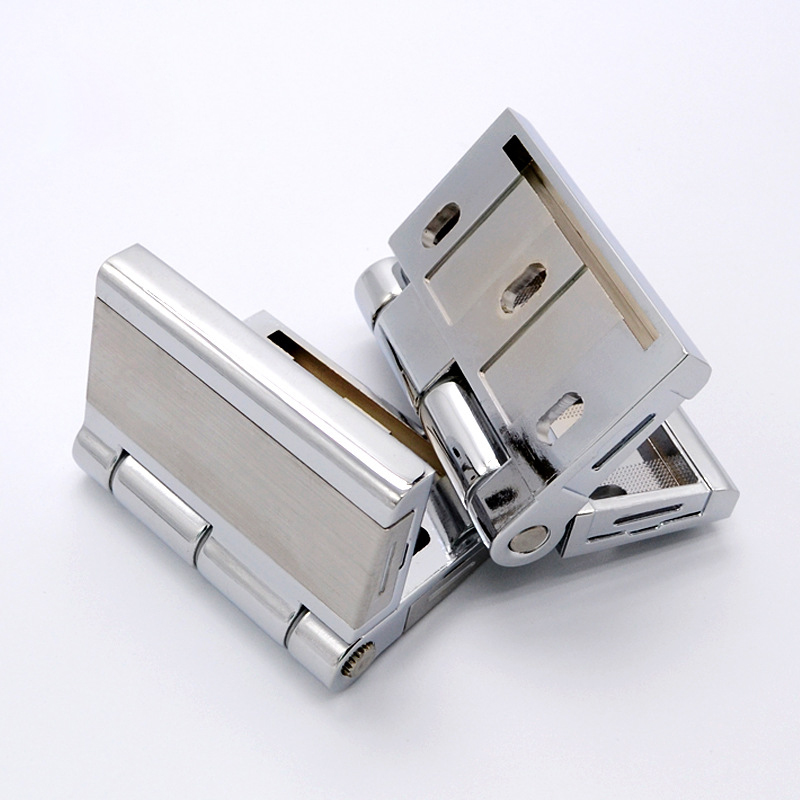
Which Factors Influence the Weight-Bearing Capacity of a Hinge?
Multiple variables dictate a hinge’s ability to bear weight, not just its size. Factors like material, design, knuckles, and pin diameter can significantly impact the overall weight a hinge can support.
The combination of these elements ensures a hinge’s optimal performance. For instance, a hinge crafted from stainless steel might inherently be more robust than one made from aluminum. Likewise, design intricacies, such as being continuous or butt-styled, will influence the weight-bearing dynamics.
How Do Material Choices Impact Hinge Strength?
Materials play a fundamental role in determining hinge strength. For instance, stainless steel, brass, and bronze are often associated with durability and corrosion resistance, making them popular choices for heavy-duty applications.
It’s essential to assess the environment where the hinge will operate. For high-corrosion areas, like coastal regions, choosing a rust-resistant material like stainless steel or brass becomes imperative. Moreover, understanding the expected wear and tear can guide material selection for optimal longevity.
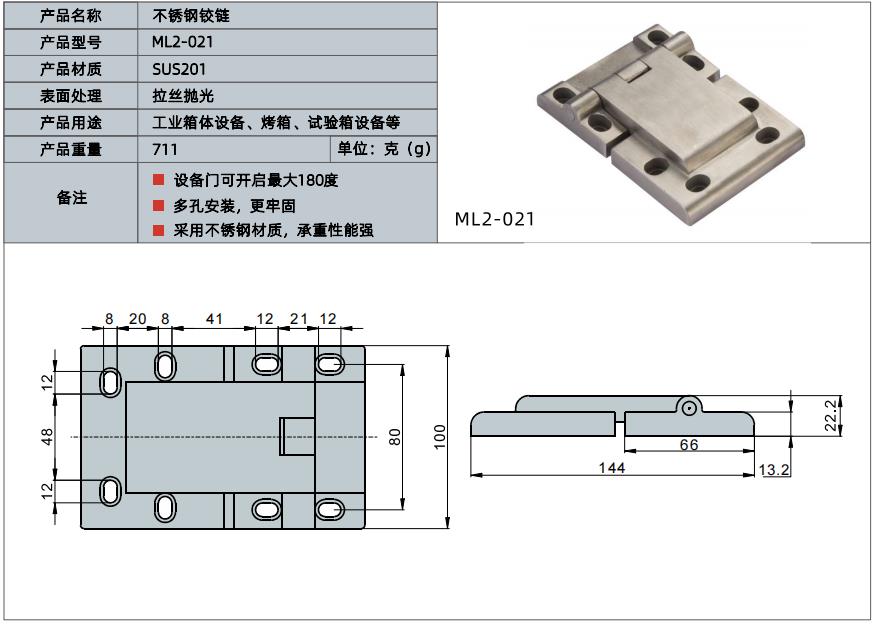
Are Larger Hinges Necessarily Stronger?
Size can be deceptive. It’s natural to equate larger hinges with greater strength. However, the real determining factors lie in the material, design, and construction of the hinge.
A compact hinge constructed with precision, using high-quality materials, could easily outperform a larger, but poorly made counterpart. Always prioritize quality and design over mere size.
How Does the Number of Knuckles Affect Strength?
Knuckles can be equated to the vertebrae in our spines, providing the hinge with flexibility and strength. More knuckles can mean better weight distribution and increased resilience.
However, a higher knuckle count alone doesn’t automatically translate to more strength. The design, material, and overall construction are equally, if not more, vital in gauging a hinge’s weight-bearing capability.
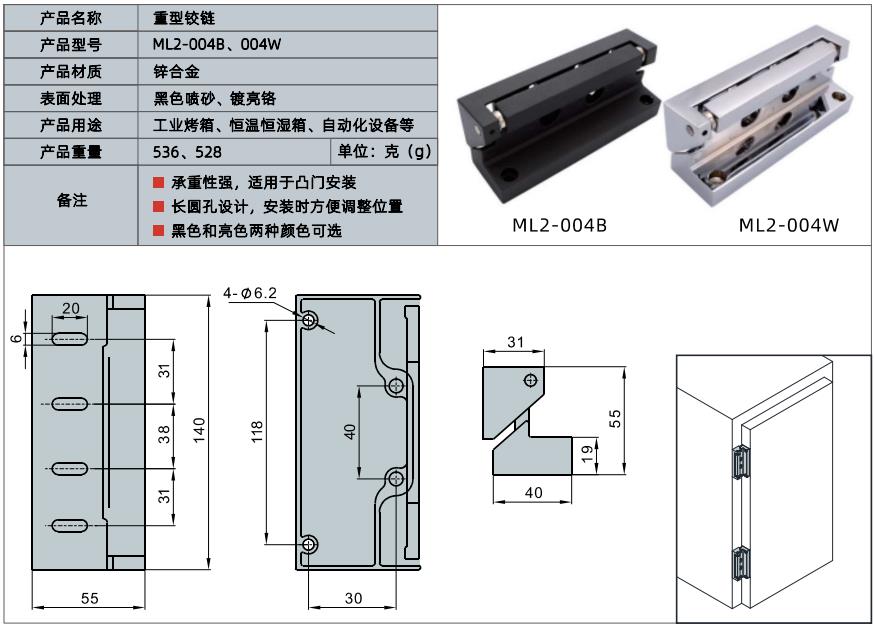
What Role Does the Diameter of the Pin Play?
The pin, often an overlooked component, is central to a hinge’s operation. A thicker pin diameter might suggest the hinge can endure more weight. However, the pin’s material and its synergy with the hinge design determine its real efficacy.
Pairing the right pin diameter with a hinge designed for heavy-duty operations ensures the equipment functions seamlessly, with reduced wear over time.
Continuous vs. Butt vs. Pivot: Which Is Superior?
Hinges come in varied designs, each with its strengths. Continuous hinges distribute weight along their entire length, providing stability. Butt hinges, versatile in nature, find widespread use in various applications. Pivot hinges, with their unique rotational movement, offer flexibility in specific use cases.
Choosing among these is less about superiority and more about aligning with the application’s requirements. Functionality, ease of installation, and maintenance should guide your choice.
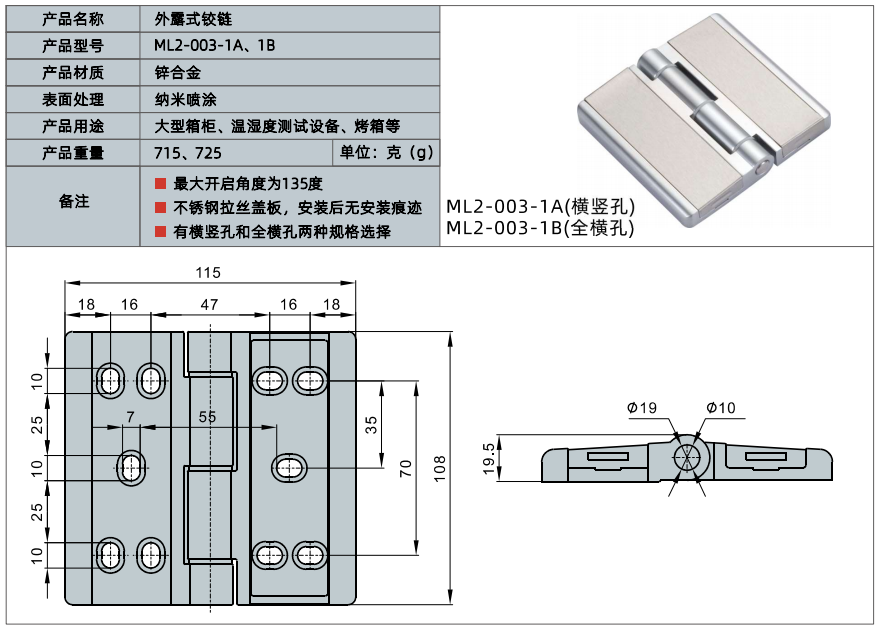
How Do Maintenance and Usage Impact Weight-Bearing Capacity?
The strength of a hinge is dynamic. Over time, due to regular usage and environmental factors, its weight-bearing capacity can diminish. Regular maintenance, including timely lubrication, cleaning, and occasional replacements, can ensure longevity.
Routine inspections can catch wear and tear early on, allowing timely interventions. A well-maintained hinge not only supports weight efficiently but also ensures smooth operation and reduced equipment downtime.
Conclusion
Hinges, while seemingly simple, play a pivotal role in the operational efficiency and safety of machinery. Recognizing the variables that determine a hinge’s weight-bearing capability is paramount for informed decision-making. With the insights from this article, you’re better equipped to navigate the complex world of industrial hinges.
For those prioritizing premium quality without the hefty price tag, we stand out as your trusted industrial hinge manufacturer. We pride ourselves on tailoring hinges to match your equipment specifications perfectly. Contact us today for a bespoke quote that promises both quality and affordability.
You might also be interested:

